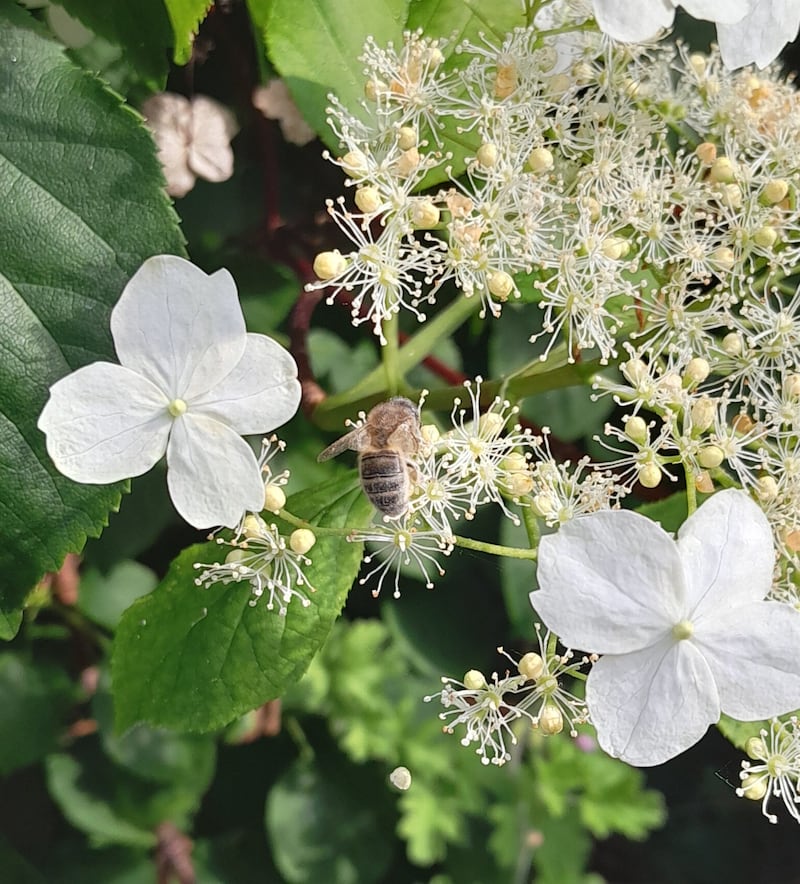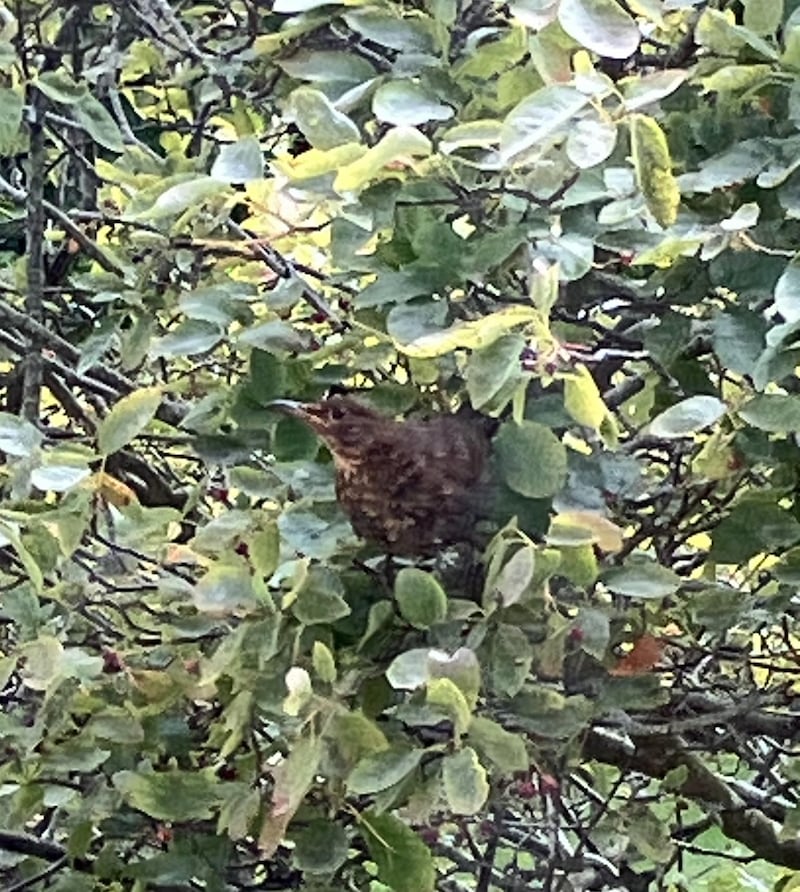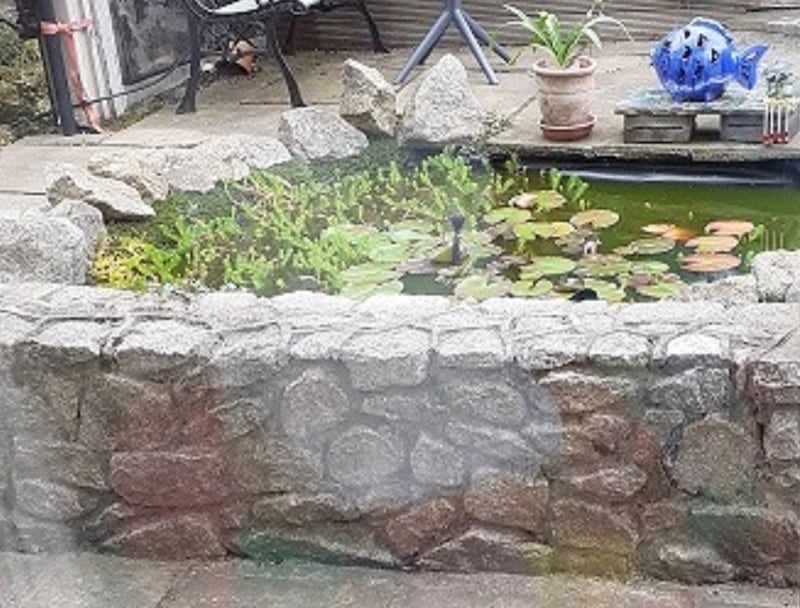Can you identify this moth please? Mary Byrne, Co Laois
It is a cinnabar moth, which flies from May until August in bright sunshine. Its red markings warn would-be predators that it tastes horrible, so they leave it alone. The yellow and black caterpillars feed on ragwort and it is the toxins in the ragwort that cause the awful taste in both the caterpillars and the adults.

I caught this little one in the picture while photographing the white climbing hydrangea in my back garden in Clontarf, when they were in full flower and buzzing with bees. What kind of bee is it? Niamh Hynes, Dublin
It is the native Irish honeybee, Apis mellifera mellifera. It is a subspecies of the European honeybee that has evolved over thousands of years to survive our cooler and wetter Irish summers. It is dark brown, almost black in colour, with no yellow rings on the abdomen. It is under threat from hybridisation with imported non-native subspecies such as buckfast bees.
READ MORE

What are these bright orange blobs found on a tree stump in my garden? I’m intrigued to know if they are fungi or insect eggs or something else as I’ve never seen them before. Oli MacAodha, Galway
While at first sight these may look like a group of young puffballs, they are not so. They are the fruiting bodies of a slime mould, probably Lycogala epidendrum: wolf’s milk, so-called because the immature fruit bodies contain a pink, paste-like fluid. When mature they are filled with a grey, powdery mass of spores. In its plasmodial stage as it is forming the blobs, the oozing slime engulfs and digests bacteria, protozoa, and fungal and plant spores.

My husband saw this unusual bird outside our bedroom window gorging on the berries of our Amalanchier canadensis – the Canadian serviceberry. Would it possibly be a Cetti’s warbler, sometimes also called a garden warbler? It had a long beak and longish tail. We’ve read that they could be spreading to Ireland from Wales. Isobel Honahan
Sometimes the simplest explanations are the best. This is a juvenile blackbird, which indeed does have a decent-sized bill and a long tail. Its first flight plumage is speckled brown and paler than that of the adult. Warblers are about two times smaller, are almost entirely insectivorous and don’t eat berries at all. Cetti’s warbler has been recorded in Ireland only on a few occasions and is certainly not spreading here. The garden warbler, a different species, is a scarce summer visitor to woodlands in the midlands and Northern Ireland from April to September. It also is a scarce passage migrant, mainly in spring and autumn to headlands, on southern and western coasts on its way to and from its southern European wintering grounds.

I had about 12 frogs spawning in my garden pond earlier this year. Now I have only one – and it seems to be keeping an eye on the emerging tadpoles and tiny frogs. I heard him calling out recently just as I spotted a tiny frog out foraging. So where have the rest gone? Do they hibernate at this early stage? Is it normal to still have tadpoles now? Catherine Tierney
Male frogs hibernate at the bottom of the pond they were born in, females in ditches nearby. Mating and spawning take place in early spring in the pond when the females arrive. Then the adults leave and spend the summer foraging for flies in wettish grasslands and bogs. They carry out no parental duties. Tadpoles grow if conditions in the water are suitable, and, indeed, there can be some late developers still around.
Please submit your nature query, observation, or photo, with a location, via irishtimes.com/eyeonnature




















